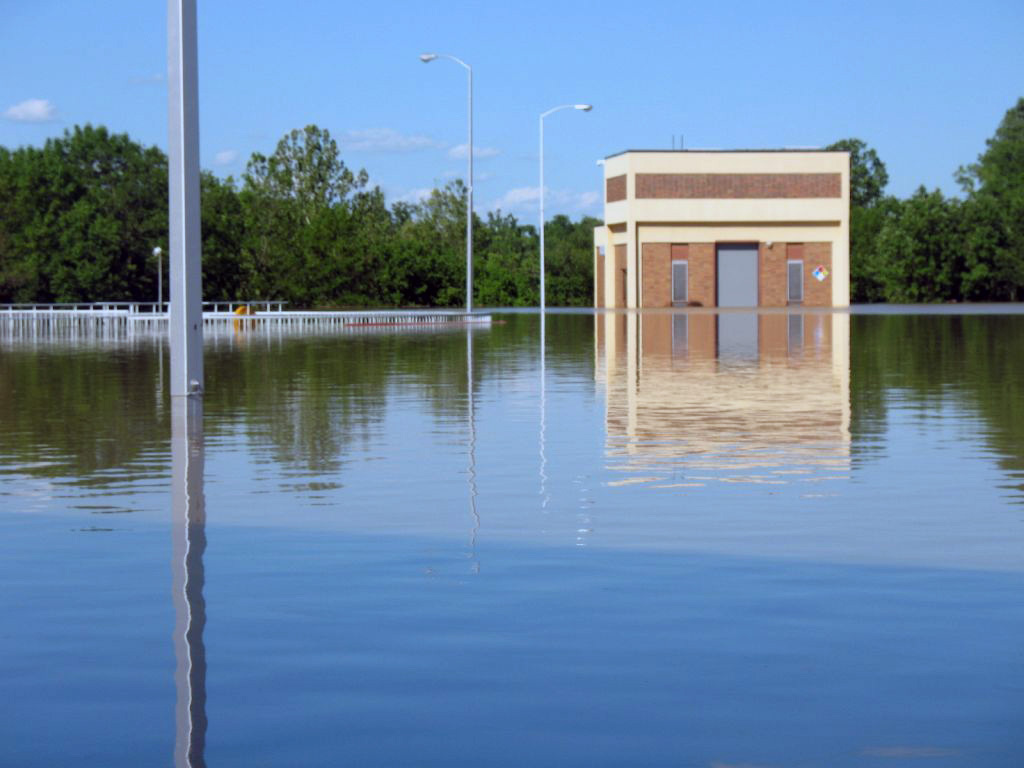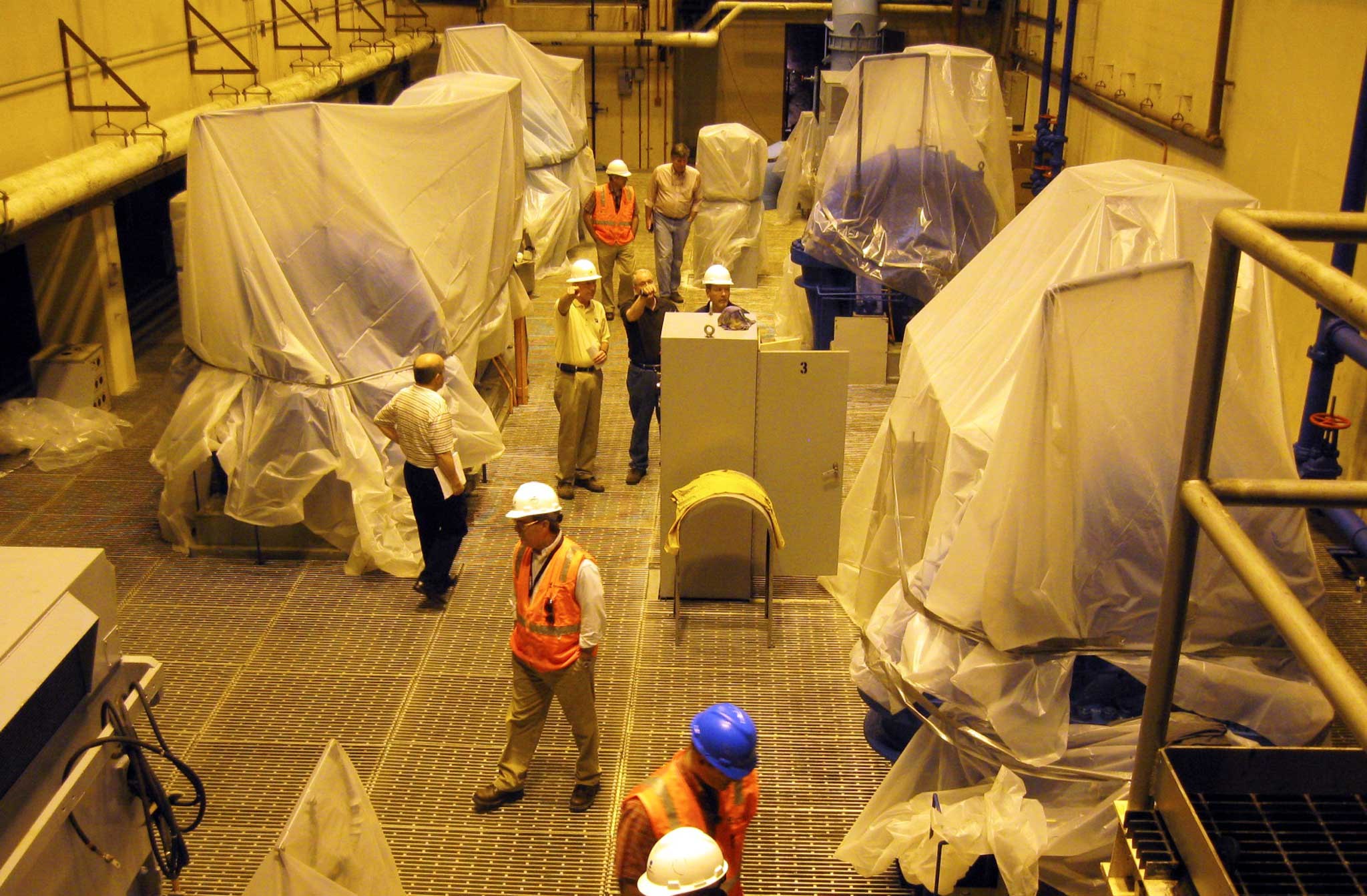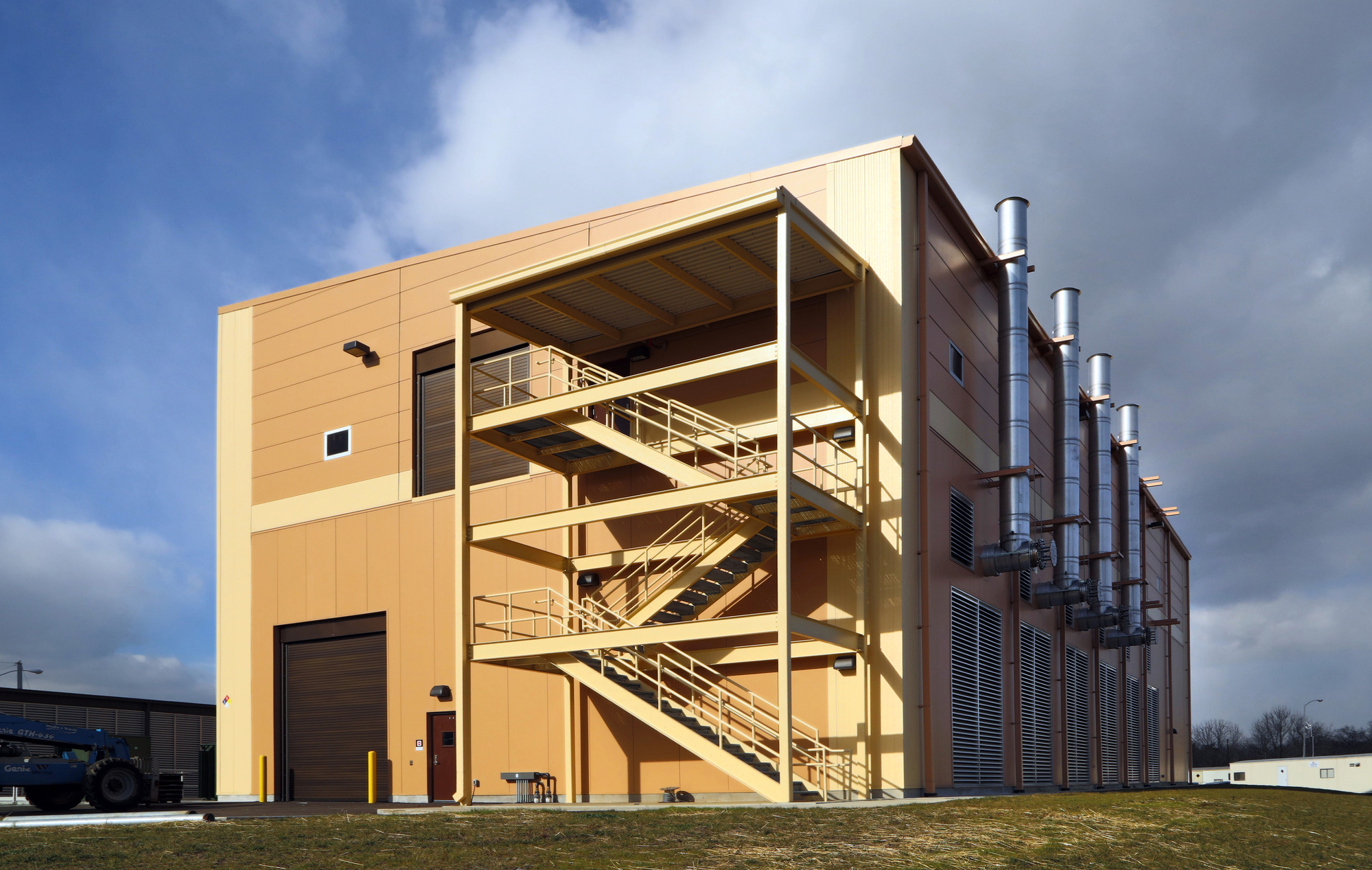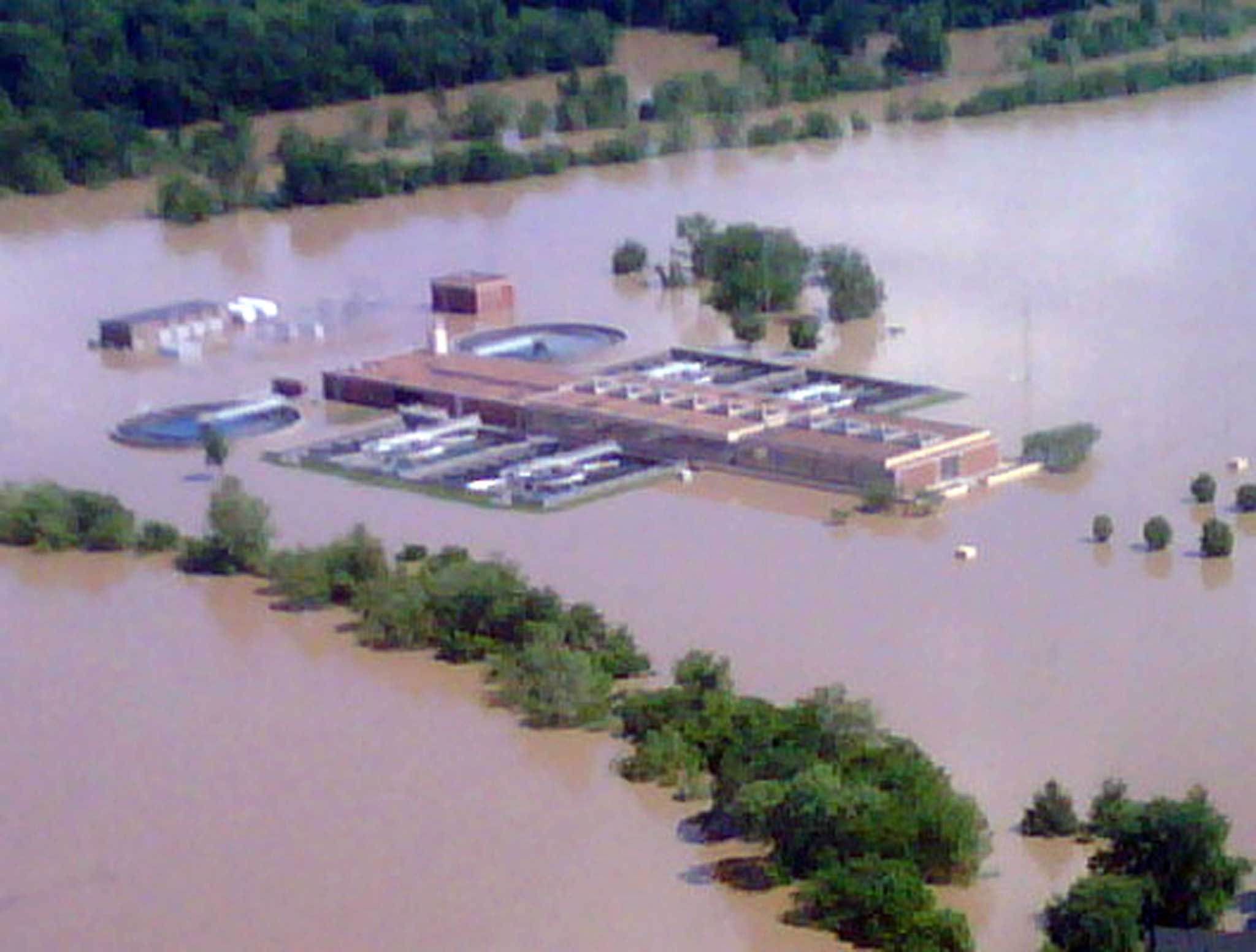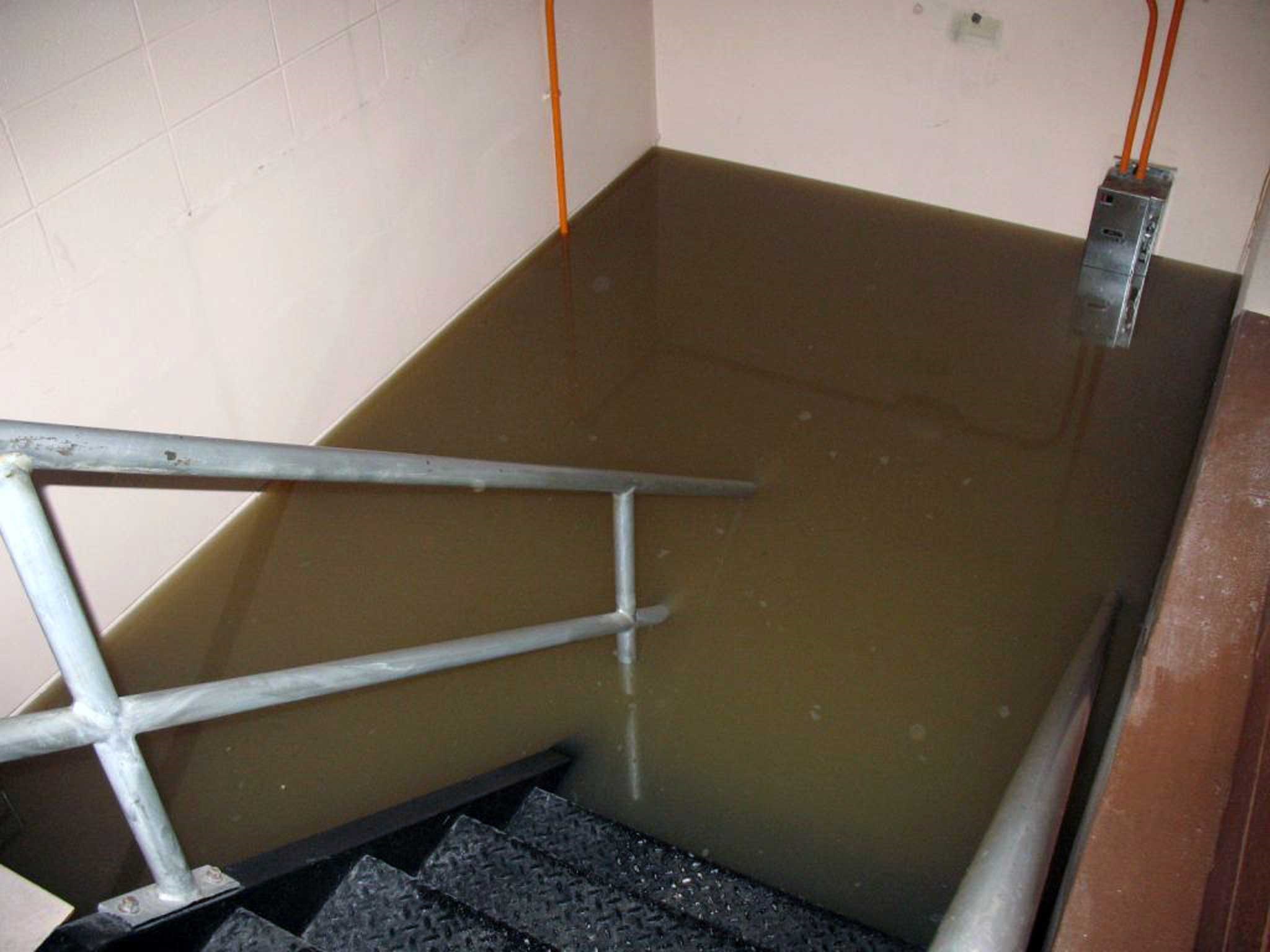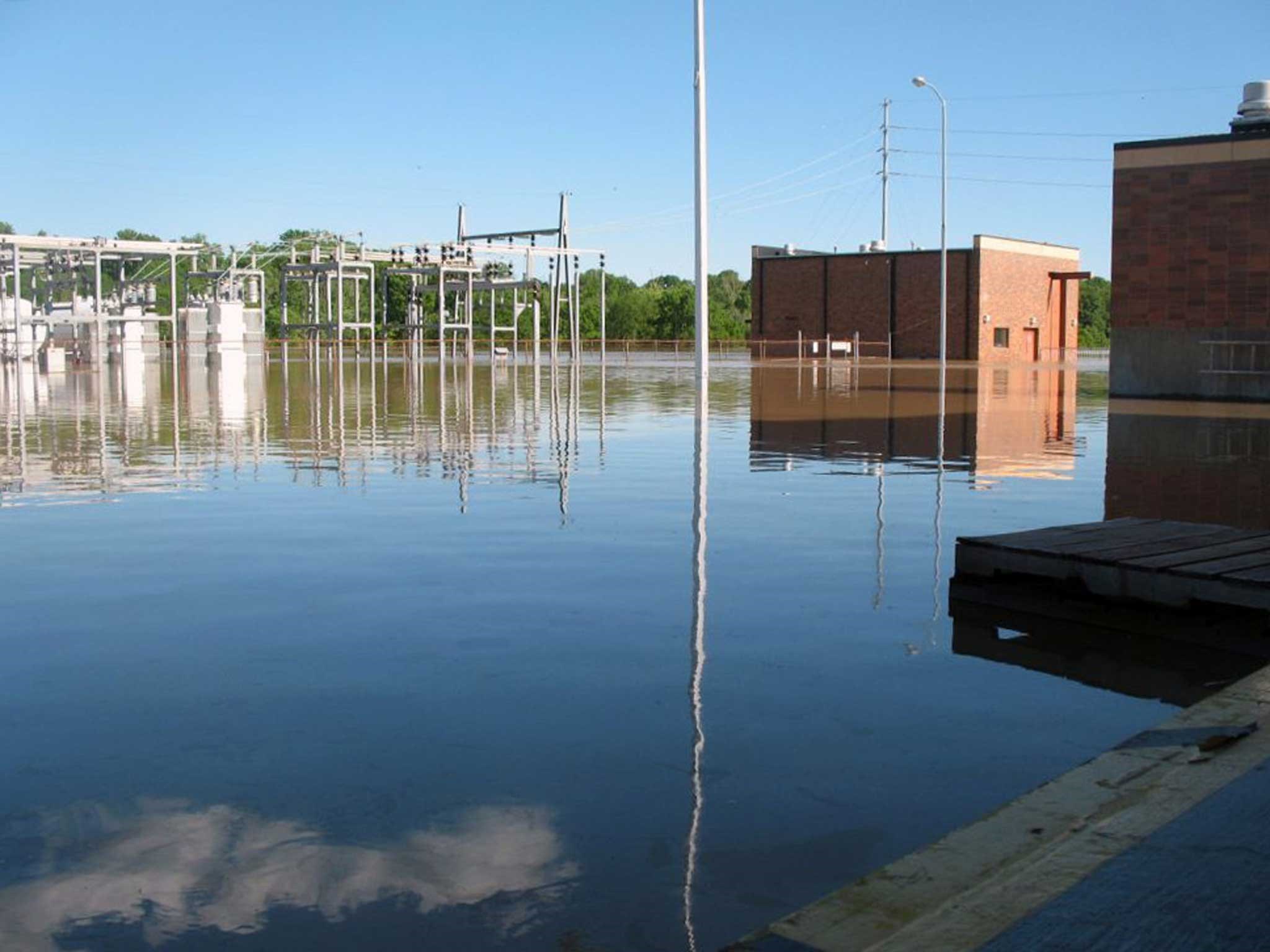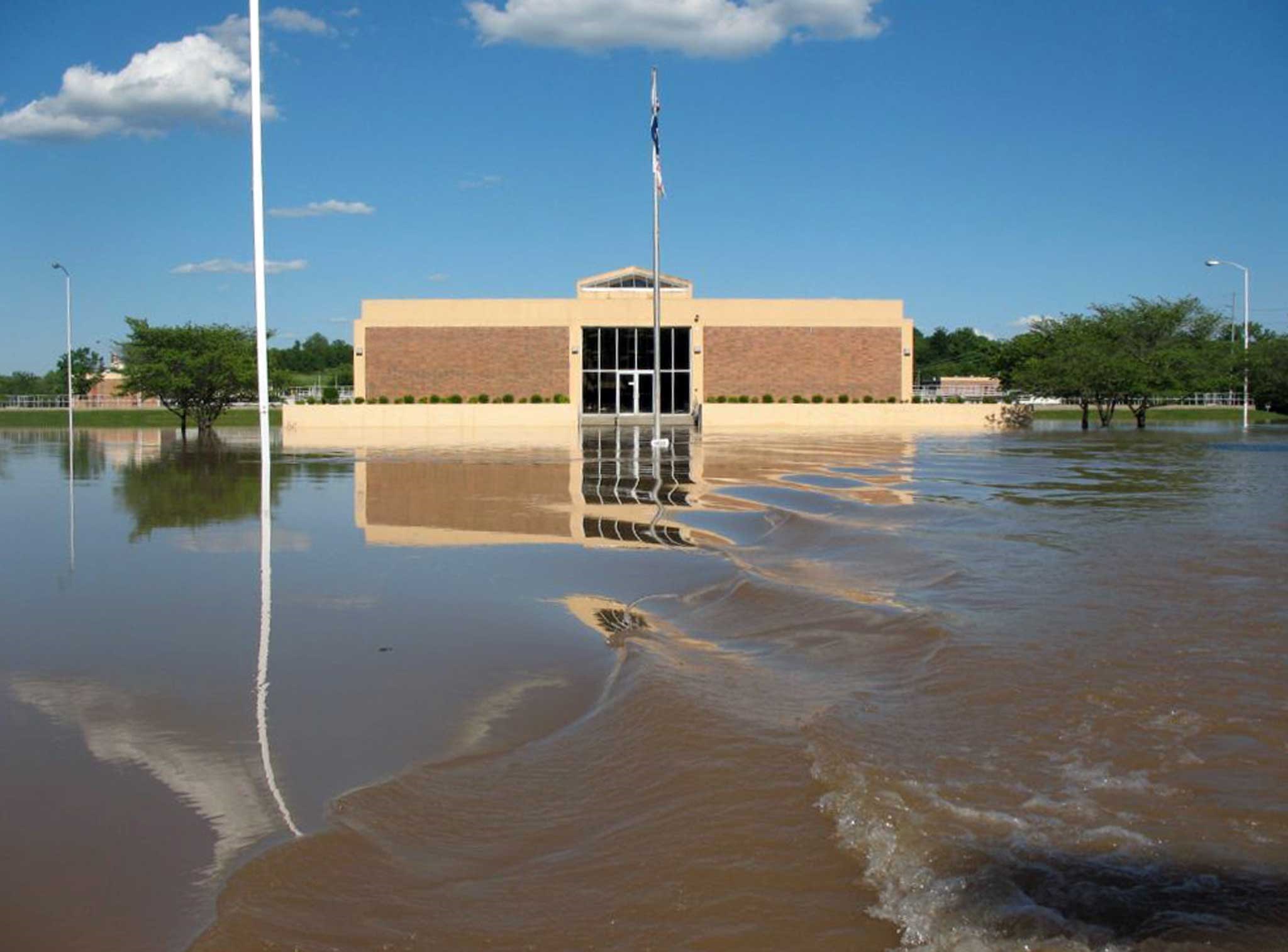On May 1st and 2nd, 2010, Nashville experienced a storm event of epic proportions, classified as a 1,000-year flood by the National Weather Service. The storm caused significant damage and destruction of private and public facilities, including K.R. Harrington Water Treatment Plant, one of Nashville’s two water treatment plants. The facility was rendered inoperable due to floodwaters from the nearby Cumberland River. Gresham Smith’s engineers played a crucial role in a collaborative effort to restore the plant to functionality within a remarkable 30-day timeframe—a challenging task that involved repairing and replacing almost all of the plant’s equipment.
inches of rainfall in a 48-hour period
million gallons per day
days until up and running
